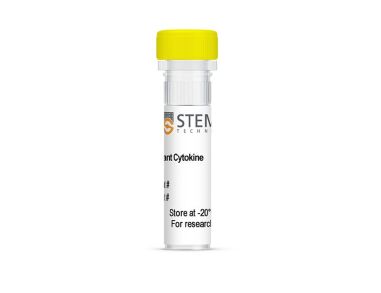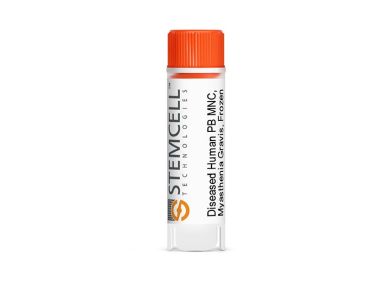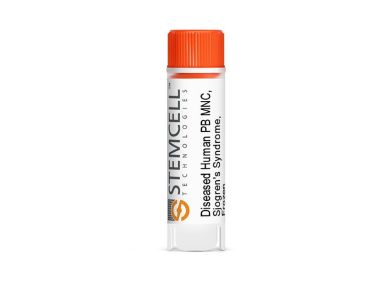搜索结果: 'methocult media formulations for mouse hematopoietic cells serum containing'
-
 重组小鼠 IL-1β 白介素1β
重组小鼠 IL-1β 白介素1β -
 重组小鼠MIG (CXCL9) 干扰素- γ诱导单核因子
重组小鼠MIG (CXCL9) 干扰素- γ诱导单核因子 -
 小鼠重组RANKL, ACF 核因子kappa-Β配体受体激活剂(RANKL),无动物源成分
小鼠重组RANKL, ACF 核因子kappa-Β配体受体激活剂(RANKL),无动物源成分 -
 疾病状态人外周血制品,格雷夫斯病 新鲜或冻存的人原代细胞
疾病状态人外周血制品,格雷夫斯病 新鲜或冻存的人原代细胞 -
 疾病状态人外周血制品,重症肌无力 新鲜或冻存的人原代细胞
疾病状态人外周血制品,重症肌无力 新鲜或冻存的人原代细胞 -
 疾病状态人外周血制品,干燥综合征 新鲜或冻存的人原代细胞
疾病状态人外周血制品,干燥综合征 新鲜或冻存的人原代细胞 -
 冻存的人外周血CD19+CD27+记忆B细胞 冻存的人原代细胞
冻存的人外周血CD19+CD27+记忆B细胞 冻存的人原代细胞 -
 冻存的ACF培养的人外周血来源的未成熟树突状细胞 冻存的人原代细胞
冻存的ACF培养的人外周血来源的未成熟树突状细胞 冻存的人原代细胞 -
 冻存的人外周血Naïve pan-T细胞 冻存的人原代细胞
冻存的人外周血Naïve pan-T细胞 冻存的人原代细胞 -
 MesenCult™ 成骨刺激试剂盒(小鼠) 小鼠间充质干细胞和胚胎成纤维细胞分化为成骨细胞的完全培养基
MesenCult™ 成骨刺激试剂盒(小鼠) 小鼠间充质干细胞和胚胎成纤维细胞分化为成骨细胞的完全培养基 -
 小鼠IL-12 (p70)酶联免疫吸附测定试剂盒 用于小鼠白细胞介素12 p70亚基的检测和测定
小鼠IL-12 (p70)酶联免疫吸附测定试剂盒 用于小鼠白细胞介素12 p70亚基的检测和测定 -
 重组小鼠 GM-CSF(E. coli表达) 粒细胞-巨噬细胞集落刺激因子
重组小鼠 GM-CSF(E. coli表达) 粒细胞-巨噬细胞集落刺激因子


 EasySep™小鼠TIL(CD45)正选试剂盒
EasySep™小鼠TIL(CD45)正选试剂盒





 沪公网安备31010102008431号
沪公网安备31010102008431号